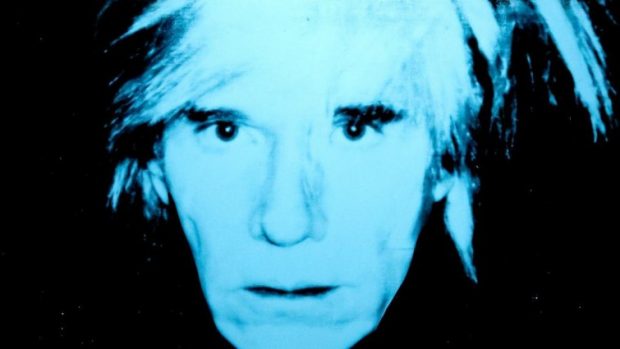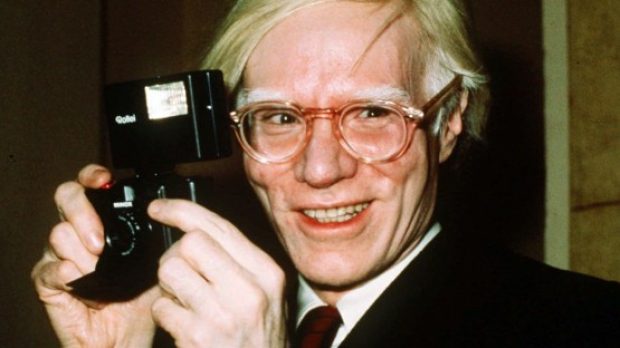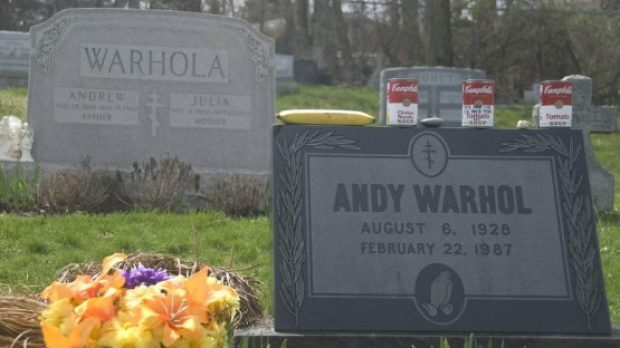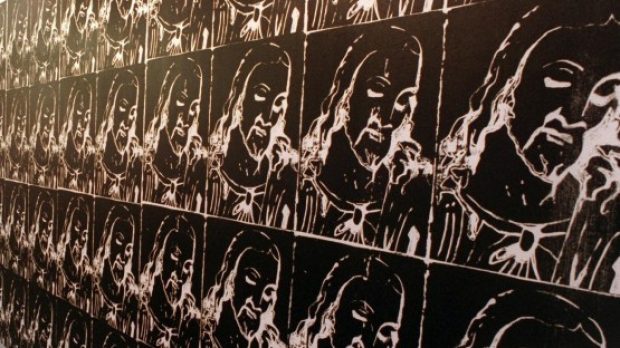
Andy Warhol’s works are world-famous. He is considered an icon of Pop Art. But behind the colorful surfaces, there are complex religious references. However, the churchgoer Warhol kept his religiosity hidden from the public.
April 1st, 1987. More than two thousand mourners flock to St. Patrick’s Cathedral in New York. Including the dazzling celebrities of the rock, pop, film, and art world: Roy Lichtenstein, Calvin Klein, Paloma Picasso, Robert Mapplethorpe, Yoko Ono, Bianca Jagger. They come to the famous Catholic Church in Manhattan to say goodbye. Shortly before, on February 22, 1987, one of their midsts died: Andy Warhol.
See also Best Small Towns in Upstate New York
The solemn, religious character of the ceremony is enhanced by the choice of sacred music. Mozart’s “March of the Priests” sounds from the Magic Flute, followed by Olivier Messiaen’s “Praise to the Immortality of Jesus”. The funeral speech will be given by the art historian and critic John Richardson. He reveals Andy Warhol’s best-kept secret:
“I want to reveal a side of his character that he kept hidden from all of us. Only his closest friends knew that he was a deep believer. Those of you who knew him in contexts who looked anything but pious might be surprised. But this believing side existed and was the key to the artist’s soul. “
The key to the soul of an artist who, like no other, was obsessed with the beautiful appearance of the world of goods, the glamor of the stars, and the longing for immortality.

Andy Warhol 1976 in New York
At that time, Andy Warhol was regarded by friends and colleagues – if at all – more as an atheist than a devout Christian. In any case, the pale artist with the blonde toupee always kept his facade up in public:
“If you want to know everything about me, you just have to look at the surface of my pictures, my films: there is nothing behind them.” Andy Warhol said about himself and his art.
See also How Life Has Changed in New York: How Coronavirus Influenced the City
Andy Warhol was born Andrew Warhola on August 6, 1928, in Pittsburgh. His family comes from a village called Miková at the foot of the Carpathian Mountains in what is now Slovakia. His parents, Julia and Ondrej Warhola, like many Eastern Slavs, have Ruthenian roots. When they emigrated to the USA, they settled in the steel city of Pittsburgh in the US state of Pennsylvania – near their church, around which their life in the USA also revolves.
The Warholas are deeply religious. They baptized their son Andrew as a Greek Catholic, a denomination that, unlike the Greek Orthodox communities, recognizes the Pope as head, but celebrates the liturgy according to the Byzantine rite – a hybrid of the Catholic and Orthodox Church, so to speak.

Warhol was buried near Pittsburgh on the St. John the Baptist Byzantine Catholic Cemetry in the immediate vicinity of his parents.
Warhol’s father had emigrated to America in 1912. His mother then followed with the support of the local chaplain in 1921 and Pittsburgh, where Warhol was born and where he also spent his youth, was a center of the Ruthenian diaspora.
The “Ruthenian Greek Catholic Church” that Andy Warhol attended in Pittsburgh is called St. John Chrysostom Byzantine Catholic Church. It is richly decorated: in the center of the chancel there is a massive iconostasis, hung with gilded images of Christ and saints. Andy Warhol was socialized here and attended church services with his family several times a week. The recurring rituals will later influence his art.

Almost eleven meters long and over two meters high – Warhol’s work “The Last Supper”.
After graduating, Warhol left his hometown of Pittsburgh and moved to New York, where he bought a house. A short time later, his deeply religious mother moved in with him. Warhol decorated the townhouse with images of saints, crucifixes, and other devotional objects.
“Warhol’s bedroom, with its stately covered bed and beautiful carpets, exuded unobtrusive luxury. On the bedside table was a carved icon, a crucifix, and a statue of the risen Christ. A prayer book also testified to Warhol’s piety. The book was titled “Holy Manna,” a practical handbook of devotion for Greek Catholics, published in 1854. Andy Warhol marked some of the prayers in it with a pen. ”Writes art historian and theologian Jane Daggett Dillenberger.
Only the closest circle knows these private rooms, and only the closest friends are allowed to meet his mother. She practices her faith together with her son and stubbornly ignores his homosexuality. Andy Warhol lives in a conflict of conscience: Church versus sexual inclination, church versus glamor, and the art market.
Outwardly, he continues to cultivate the image of the dandy-like self-promoter who is primarily interested in money and the jet-set and sees himself in the center. But in 1963, when Warhol moved his studio into an industrial building that later became known as the “Factory”, other religious motifs emerged in his work. Also in his films, which he shoots with a 16mm Bolex.
READ: 20 photos of the beautiful deserts in the UAE
The film “Imitation of Christ” stages the then-child star Patrick Tilden Close as a figure of Jesus. It is a lengthy work, poor in action, with a few cuts, underlaid with the narrative voice of the Velvet Underground singer Nico, who quotes passages from “De Imitatione Christi”. The “Imitation of Christ” by Thomas von Kempen from the 15th century was for a long time the most widely distributed book after the Bible.
Like us on Facebook for more stories like this: